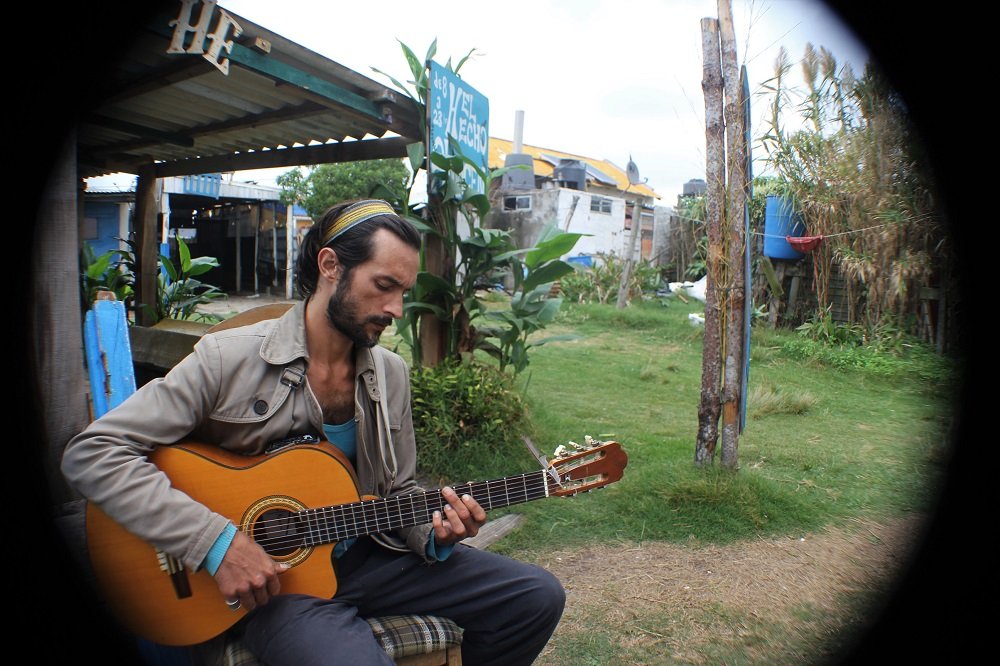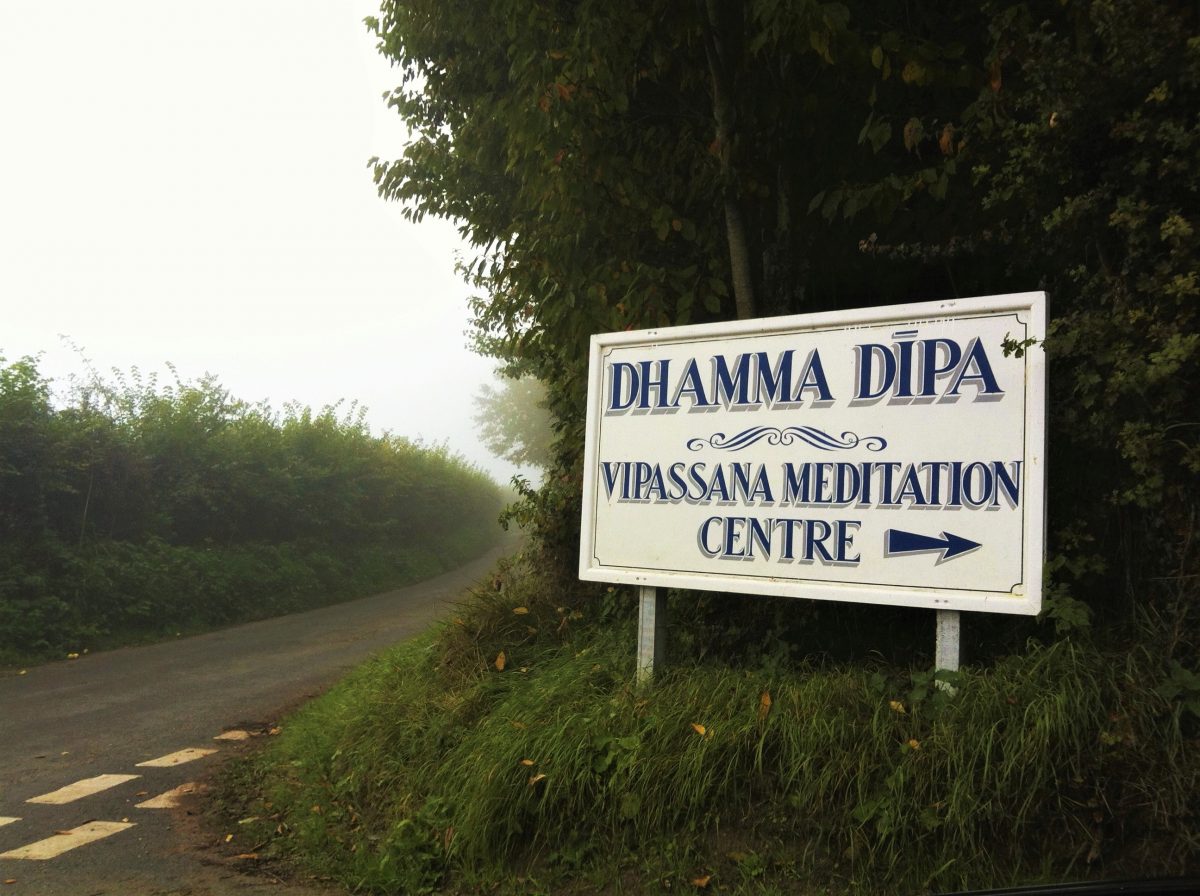What’s the best way to prepare for a psychedelic experience?
When I ask this question, what I mean is: how can one prepare in a way that will maximise the positive benefits of an inner journey; the insights, increased awareness, a greater sense of connection and wellbeing, and all those other magical things you’ve probably heard that psychedelics can do.
In this post, I will outline some practices and techniques that I believe constitute a preparation that, if undertaken, considerably improves the chances of these benefits.
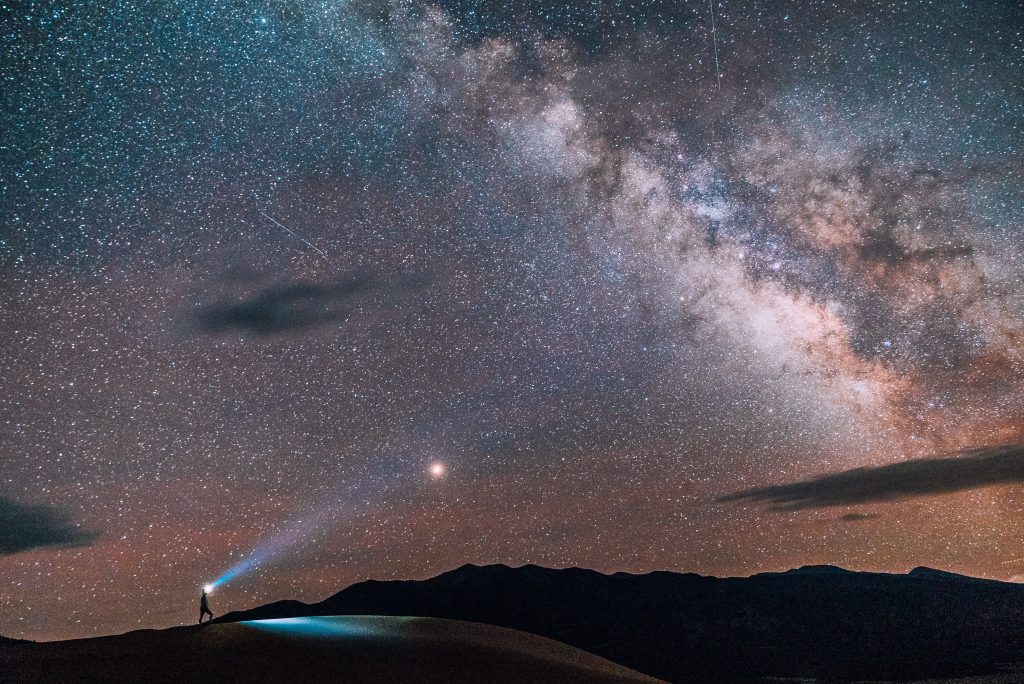
Prepare well for the journey, there is a long road ahead.
Preparing the ‘Set’
When it comes to shaping a psychedelic experience, there are two key words: set and setting. Set refers to mindset and setting means the environment. This post is not complete in this regard and will focus on the set; the inner state of the individual. It will focus on preparing the mind.
The practices and techniques covered here are:
- Meditation
- Journaling
- The Photo Trip
- Life Timeline
- Forming An Intention
- Clearing
Meditation
Familiarising yourself with mindfulness techniques and developing a meditation practice is always my number one recommendation for session prep.
The potential benefit of meditation is twofold.
The first is to relieve anxiety and approach the session from a more relaxed place. The second is to practice exploring your thoughts and feelings without avoidance, judgment, or resistance.
In this second way, meditation can get the psychedelic process going before taking any substances; exploring your inner world and cultivating introspective and reflective states. Getting comfortable facing your thoughts and feelings, including uncomfortable ones, will serve you well, and can be thought of as something of a psychedelic warm-up.
With all this in mind, meditation aids one in their ability to follow the ultimate tenet of psychedelic navigation: let go and surrender.
This basic rule of thumb follows the observation that difficulties occur in a session when one resists or fights the effects of the psychedelic. Thoughts like ‘this isn’t what I signed up for’ or ‘this isn’t what was supposed to happen, I don’t like this, get me out’, are more problematic than actually going into what we understand as negative feelings; sadness, grief etc. and prevent us from processing something that might’ve been stuffed down. Meditation gives one practice in being with these feelings, allowing them, and all the while, breathing.
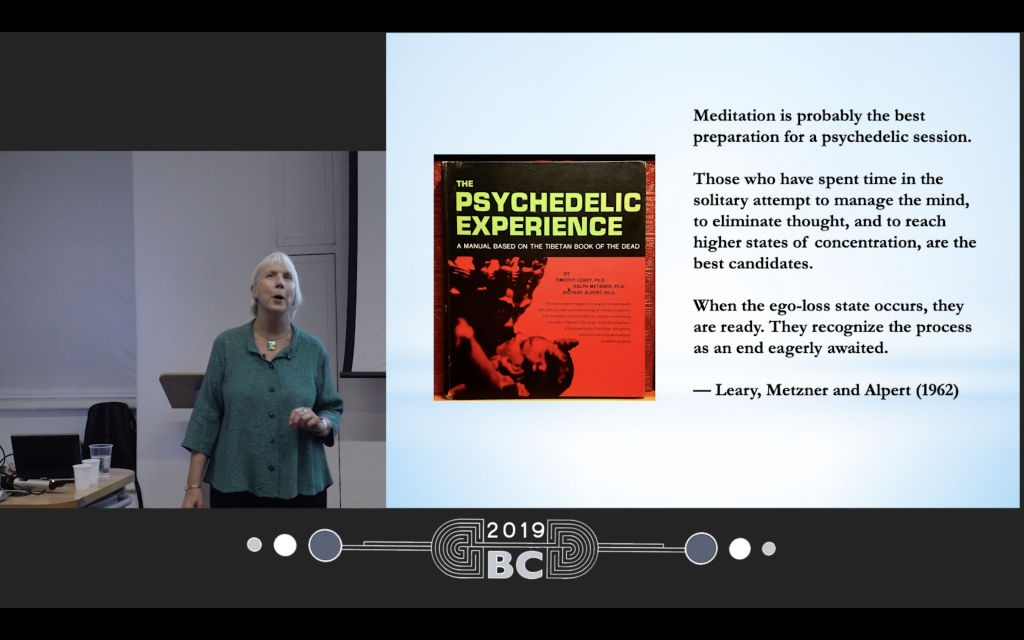
Janis Phelps’ referencing Leary & co in her talk at the Breaking Convention conference
If you are new to meditation, you’ll need some basic instruction and guidance to begin. Try finding a group or class near to where you live as some in person guidance with the support of a group is an excellent way to begin.
If that’s not possible there are many resources available online. The UCLA Mindful Awareness Center is a good place to start. Headspace and Waking Up are apps that both have a free run of short guided sessions and are a great introduction. Insight is another that has many guided meditations.
If you have the time and are serious about learning, a silent course is probably the best way to become well versed with meditation quickly. You can find donation based ones with Vipassana all around the world at dhamma.org
If you’d like to read more about psychedelics and meditation, I have written about how they’ve influenced each other on my personal journey
Journaling
If meditation is difficult for you, try keeping a journal.
Rather than recording what you’ve done each day as one might do in a diary, invite introspection. Focus on your inner world, writing about feelings and thoughts, and include more general reflections and ideas about life. As author and write-letters-to-yourself enthusiast Cal Newport has pointed out, composing thoughts in the structured form demanded by written prose can often help to gain clarity.
Journaling, like meditation, can help to increase awareness of your perceptions. However, it need not be one or the other, and journaling can be an excellent companion to a meditation practice. Though it’s not necessary to write on a regular schedule, some kind of minimum regularity, say once a week, will probably help to begin the practice.
Alternative Option: Audio Journaling
You might try audio journaling, opening a voice memo app and speaking your mind, if thats easier for you.
The Picture Trip
The ‘picture trip’ is a technique that was employed by a pioneer of psychedelic therapy, Leo Zeff. This description of the method is adapted from the book about Leo and his methods, The Secret Chief Revealed.
To do this exercise you will need to gather some photos before the trip. These photos will form a history of your life.
Pictures to Gather:
• Yourself, one at age two and one every two years thereafter through adolescence, up to adulthood.
• Two pictures each of your mother, father and any siblings; one when they were young but you can still remember them, and a recent one.
• Pictures of any other family members that are or were significant in your life.
• A picture of your husband/wife, or any woman or man who has had great significance in your life. Lovers, current or past. If you’re married, wedding pictures.
• If you have children, a picture of them when they were about two years old, and a recent one.
• Any other significant pictures. Any pictures with an emotional charge.
As you go through your photos to find these, spend some time looking through your photo collection. Spend a few moments with each photo, looking at it and seeing what you feel with each one. If any memories or feelings come up, sit with them and see where they go. When you come across a picture for the picture trip, put it aside. Try to do this no further away than a week before the trip, as close to the time of the trip as you can.
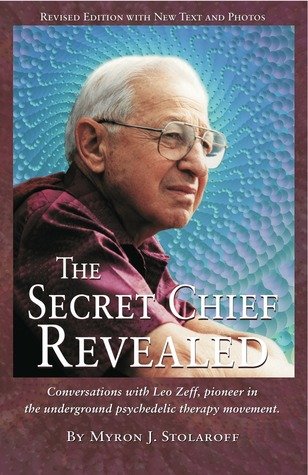
Leo Zeff was a pioneer in the modern psychedelic therapy movement
As a teaser to convince you of the potential of this method, I’d like to share this quote from Leo found in the book:
‘People will come to me who have already tripped who want to have my particular kind of way of tripping. One of them had tripped at least five hundred times on acid, others who have tripped three, four hundred times, down through the early Sixties, clear up to recent times. You know, plenty of trips their own way […] We talk about it, and [..] so I’d say, “Sure.” They would have their trip on acid. Invariably these people have said, “I’ve never had an acid trip before in my life! This is the first time I’ve ever really had an acid trip.”
Personally, I can also tell you that my first acid trip using this method was the one of the most significant events of my life. So, I can recommend!
Life Timeline
If you aren’t able to collect the photos for the picture trip, you can do the life timeline. The aim is the same; to explore your life story. If you feel up to it, you can do both.
• Begin with a wide piece of paper, approximately 1 metre in width. At least A3. It’s fine for you to stick or tape together smaller pieces if you don’t have one this size.
• Draw a long horizontal line across the length,.
• Mark your birth on one end and your current age on the other.
• Divide the line into segments that mark every five years of your life.
• Fill the timeline with people, happenings, decisions, events and anything which was significant. Use pictures and symbols, and you can write words, quotes or sentences. Anything which helps you to reconnect with these chapters and what you went through during these times of your life.
As you go through your life, spend some time thinking about and exploring feelings around the significant events. When you’ve finished, spend a few moments with each mark on your timeline, seeing what you feel with each one. As memories or feelings come up, sit with them and see where they go. Try to do this no further away than a week or two before, again ideally as close to the time as you can.
Formulate An Intention
Understanding your intention helps to give clarity and direction for a journey, so it’s worthwhile to consider.
Set aside some time to yourself and sit down with a journal or pad. At a park or somewhere in nature might appeal to you but anywhere without potential disturbance or distraction is fine.
Here are some questions to think about and make notes on.
- Why are you doing this? What are you seeking?
- What would it mean for this psychedelic journey to be ‘successful’?
- Where are you now and where do you want to get, related to your motivation
- What is working in your life? What isn’t?
- What are you curious about? What would you like to learn more about?
As the journey approaches, try to have something of a clear intention for your journey. If it is wide ranging and incorporates many areas, try to sum it up so that it can be stated as one precise sentence by the day of the journey.
Some examples of how this might work:
- “I intend to have a healthy life’ could be a sum of ‘I intend to quit smoking, I want improve my relationship with food, and understand how I can get into a good exercise regime”.
- “To explore past traumas and to gain insight into my potential’ might be summed up as “To learn about myself”.
- “To get outside of my mind, to experience a higher dimension, and to go beyond my normal consciousness” might be put together as ‘to explore spirituality’.
The intention is formulated to plant seeds in your mind and the process of refining it helps to get to the essence of what you are searching for. Though formulating an intention can be powerful, the process of formulating it is as important as the final result.
This is to say that it should not to be held on to too tightly during the session. You should be open and able to go with the experience as it unfolds. It is often said about psychedelic experiences that you don’t get what you want but that you get what you need. Clinging too tightly to a specific intention may mean that you miss something that offers insight in other areas, ones that actually are related to your intention, albeit in less obvious ways.
Having a clear intention can also help in that you have a clear motivation and it gives you an answer and some frame of reference for when you might think ‘Why am I doing this?”. This question can come up in difficult times and it can be very useful to have a clear answer ready, to aid you in letting go of resistance and moving in to the experience. In moments of your journey when you would like some direction, your intention can be called to mind.
Clearing
Clearing can be thought of as making space. Space for insight, space for discovery, space for expansion. If you like Chinese proverbs, another way to put this might be: “Empty Your Cup”.
Firstly the basics; clearing the day, the day after, and ideally day before of any obligations. Book them out so you can be offline and effectively disappear from the world.
Next, try to tidy up loose ends in your life to help clear some space in your mind and heart. Stuff that you might’ve been putting off, like difficult conversations and resolving any current difficulties in your relationships. If this isn’t possible, try journaling about it or writing a letter to the person even if you can’t send it to them.
This clearing process should also include physical and practical things, which can be done a little closer to the journey, like cleaning your room, paying overdue bills, sending certain emails and making phone calls you’ve been putting off. Even taking the trash out (a nice symbolic act).
Keep phone use and digital communication to an absolute minimum during the day of the journey, so take care of potential calls and emails in advance. If you think you might want to speak with someone like a close friend or family member soon after, its a good idea to notify them in advance so they will be available and ready for the conversation.
Prepare Well, and Journey Safely
The preparation one takes will significantly influence how a journey plays out and is the groundwork for a transformative experience. Put simply, the influence of a good preparation should not be underestimated. That said, it should not become a gruelling undertaking or huge burden. It should be done with enthusiasm and should help you, rather than stress you. So go, prepare well, and take care!
I wish you well with your preparations and on your journey.
Did I miss anything? What do you think are the best ways one can prepare for a deep and rewarding journey? Please share in the comments below!

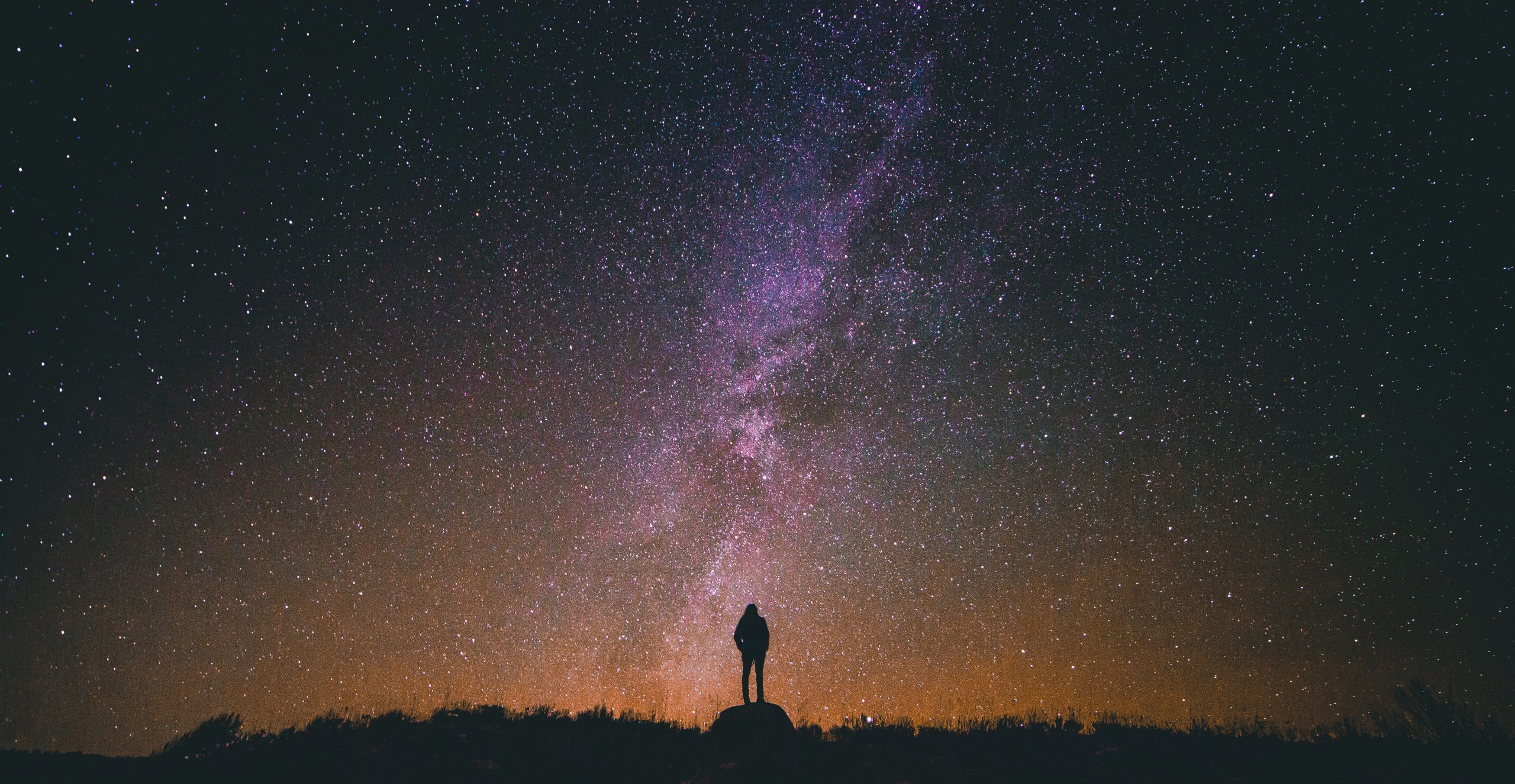
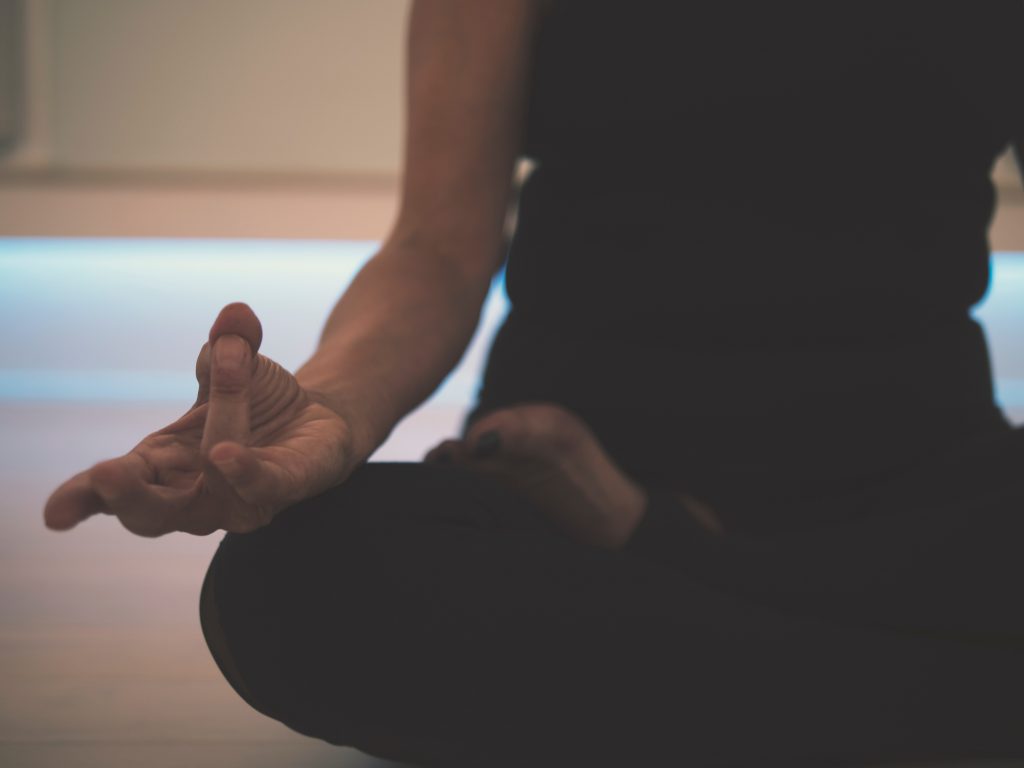
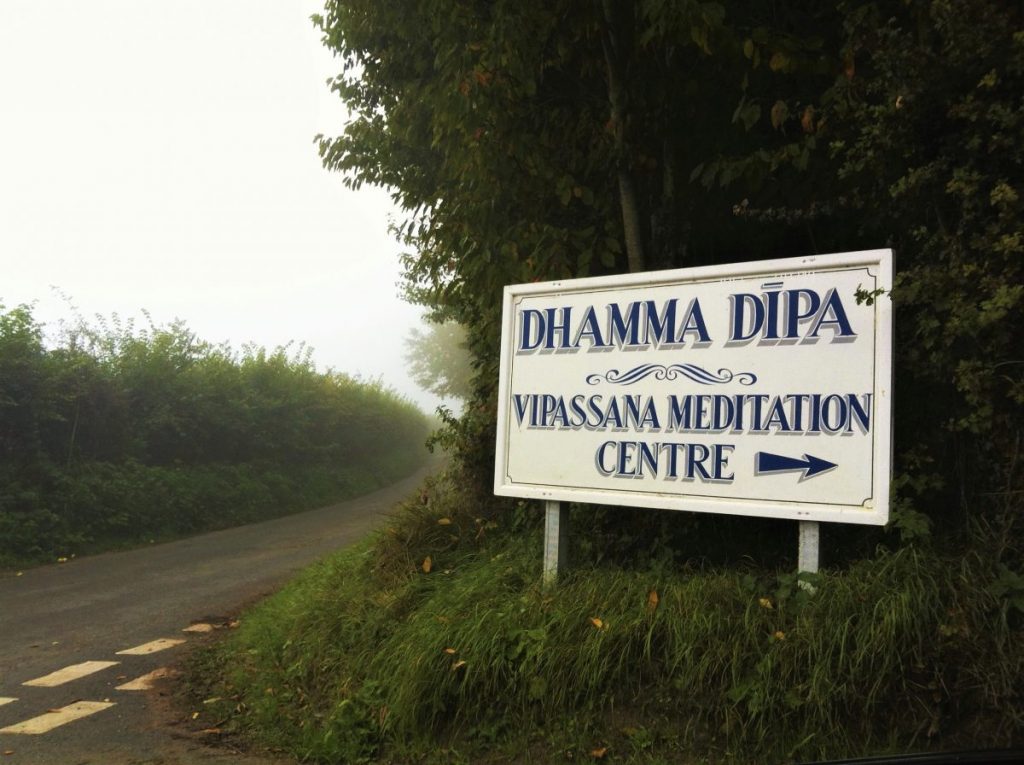
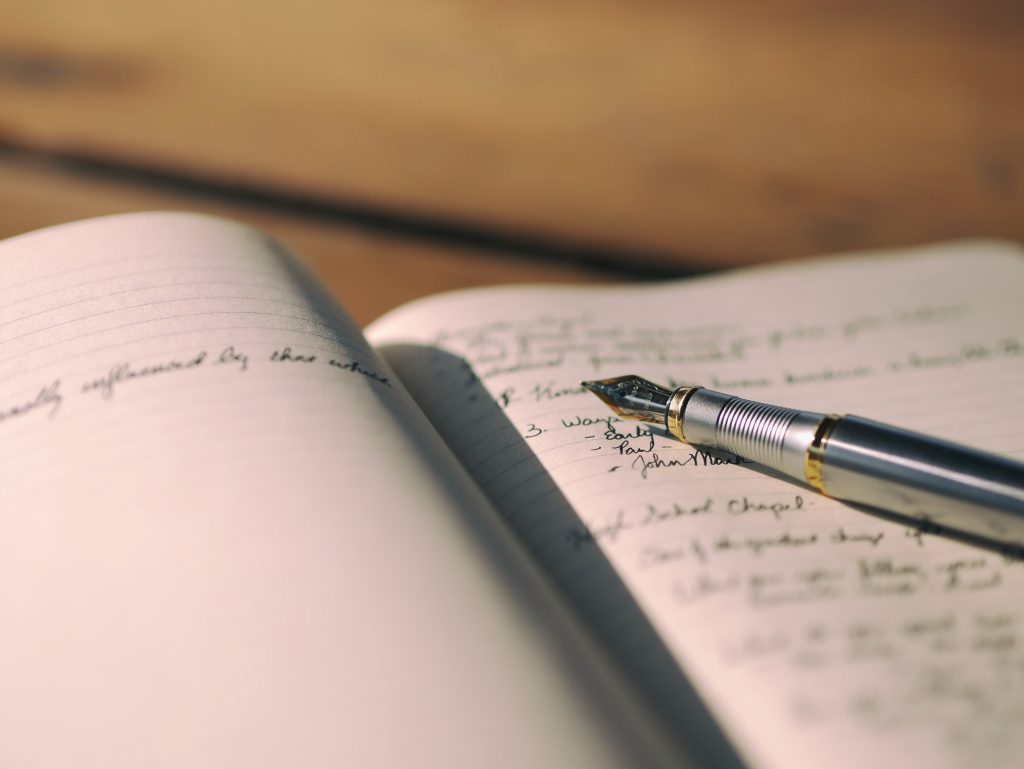
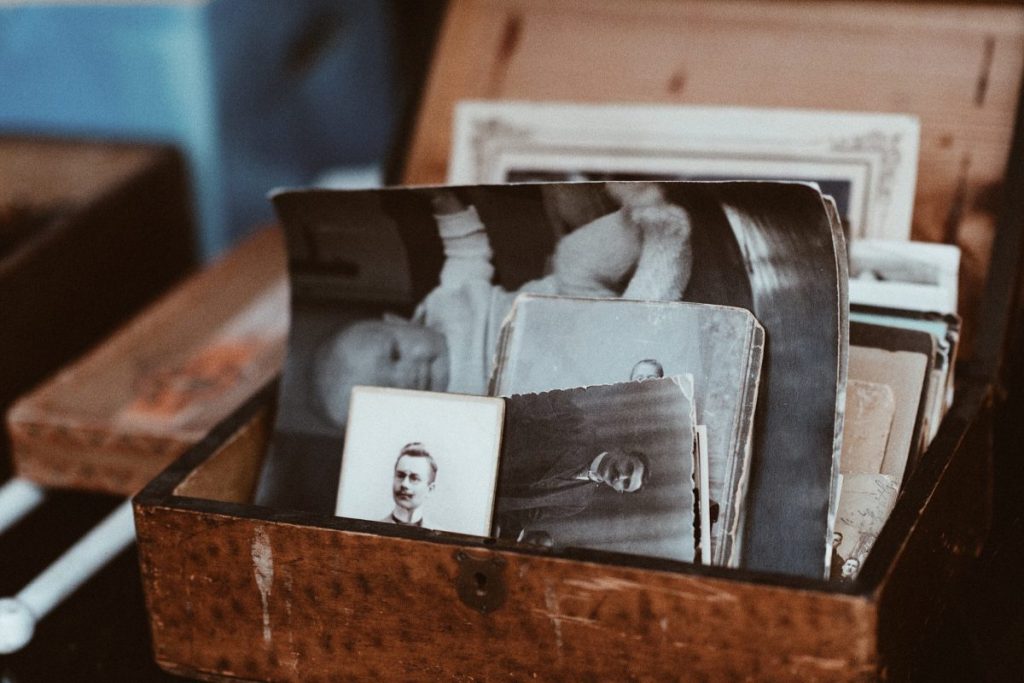
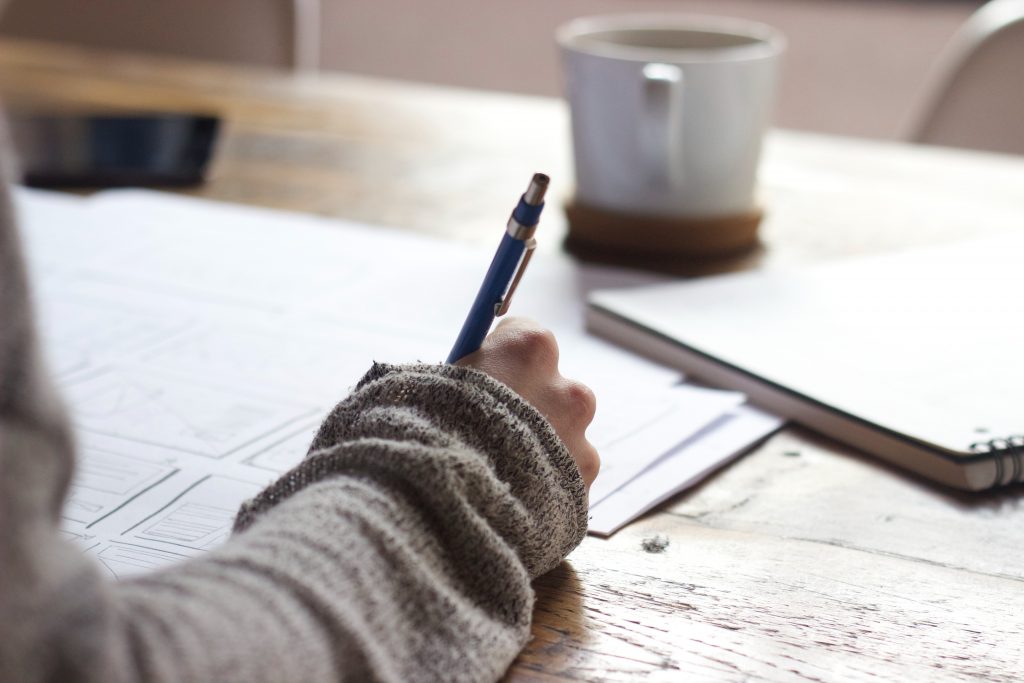
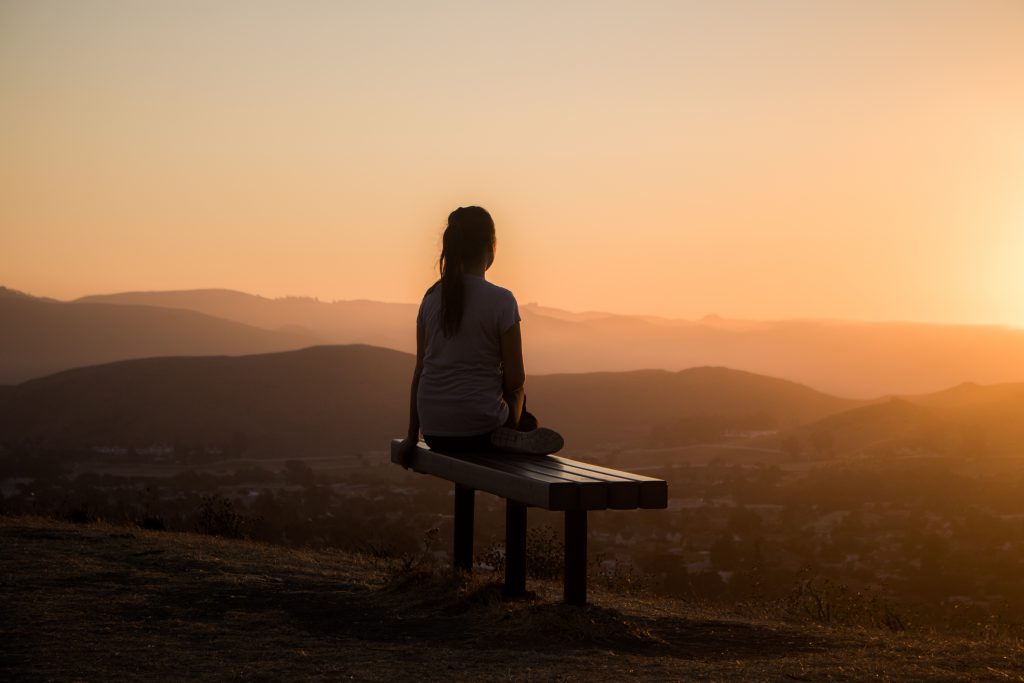

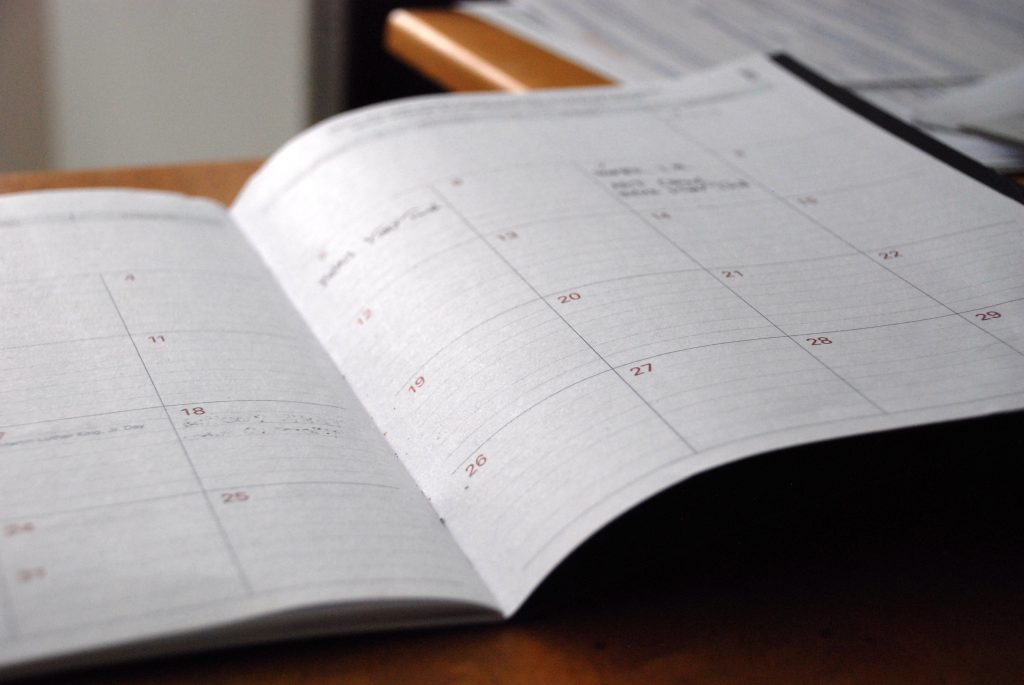

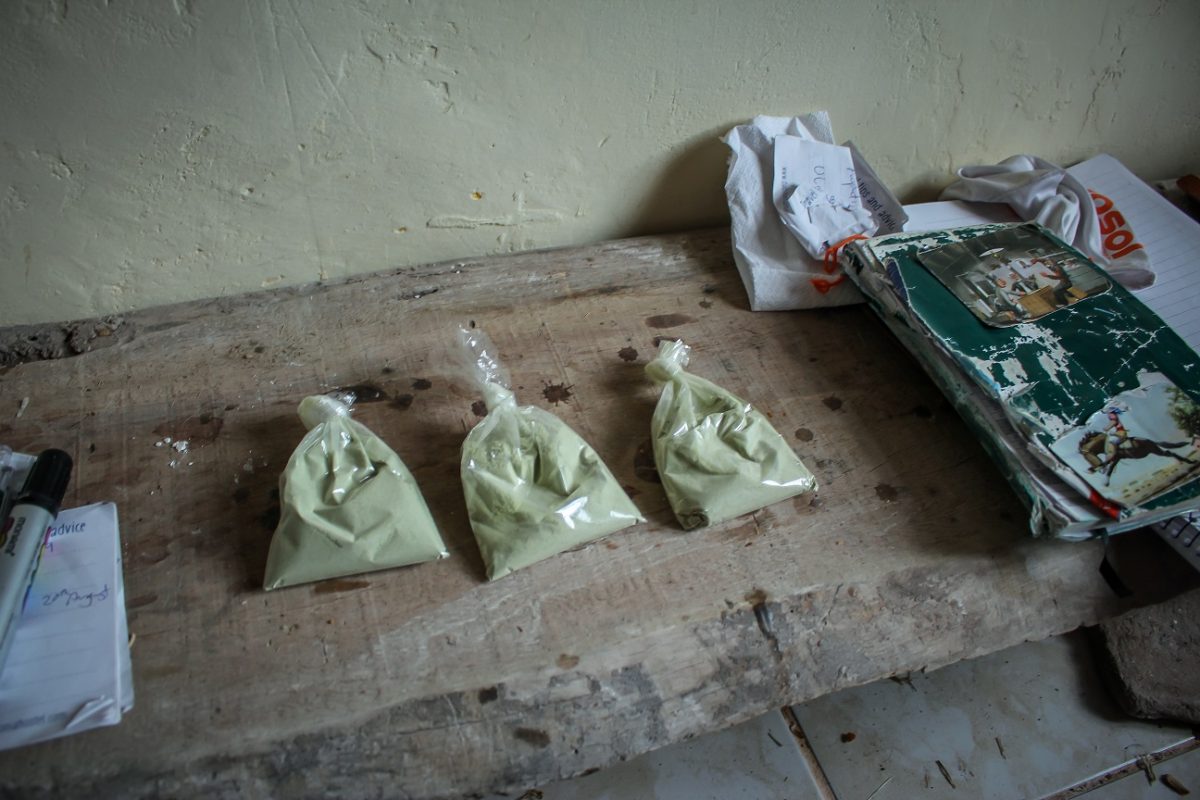
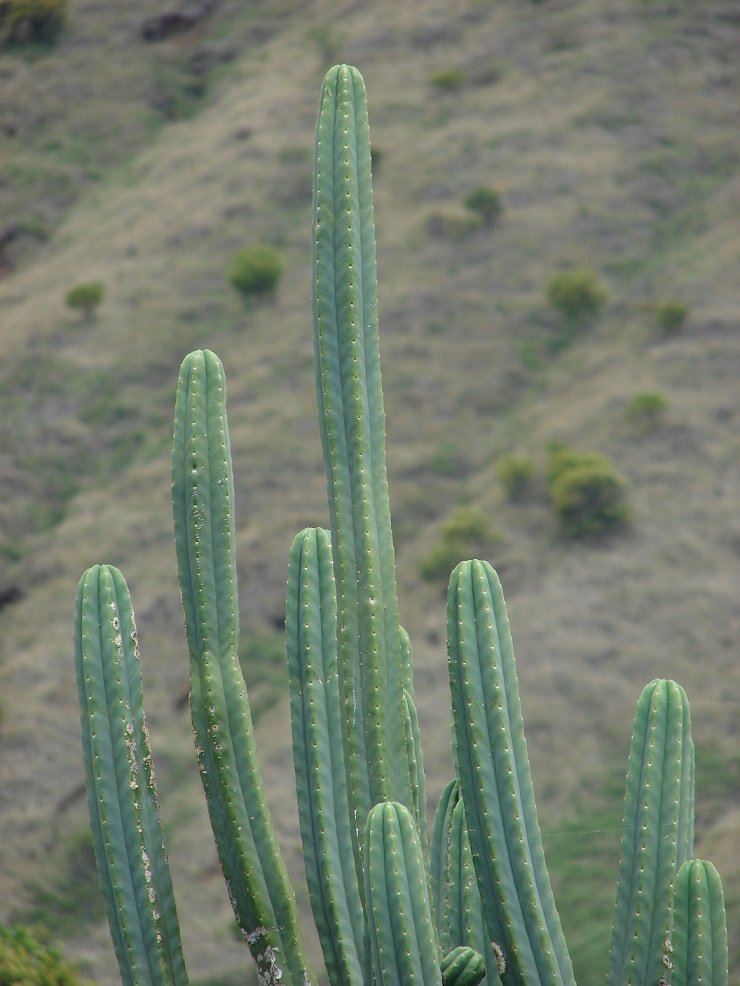
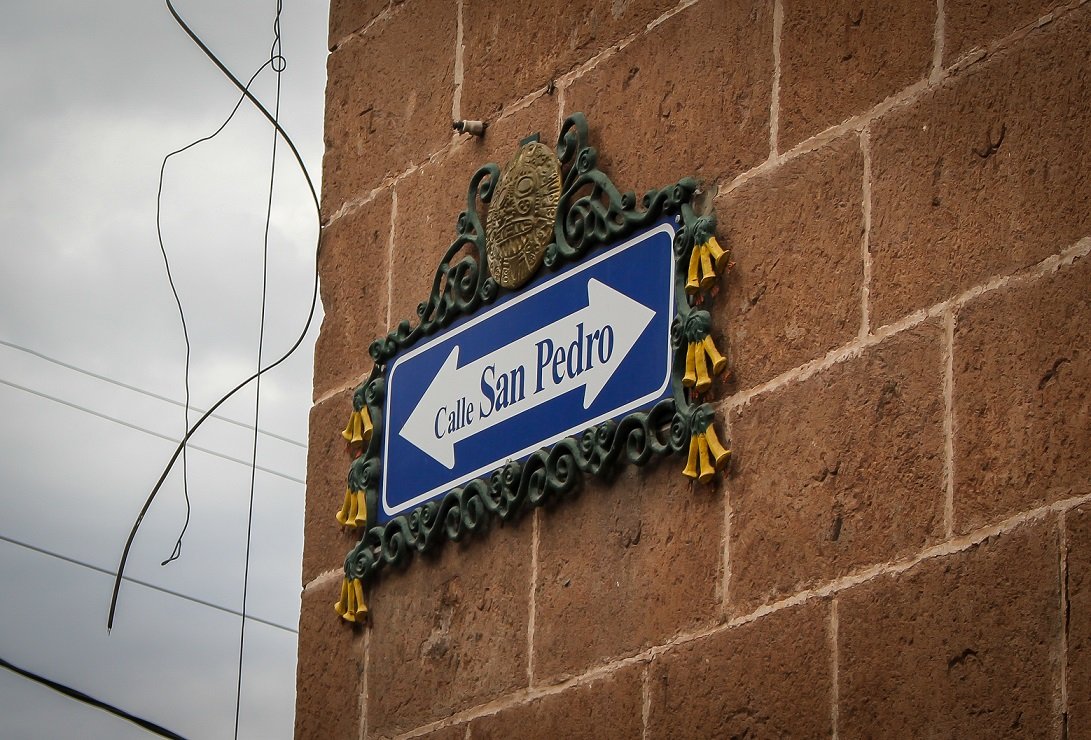
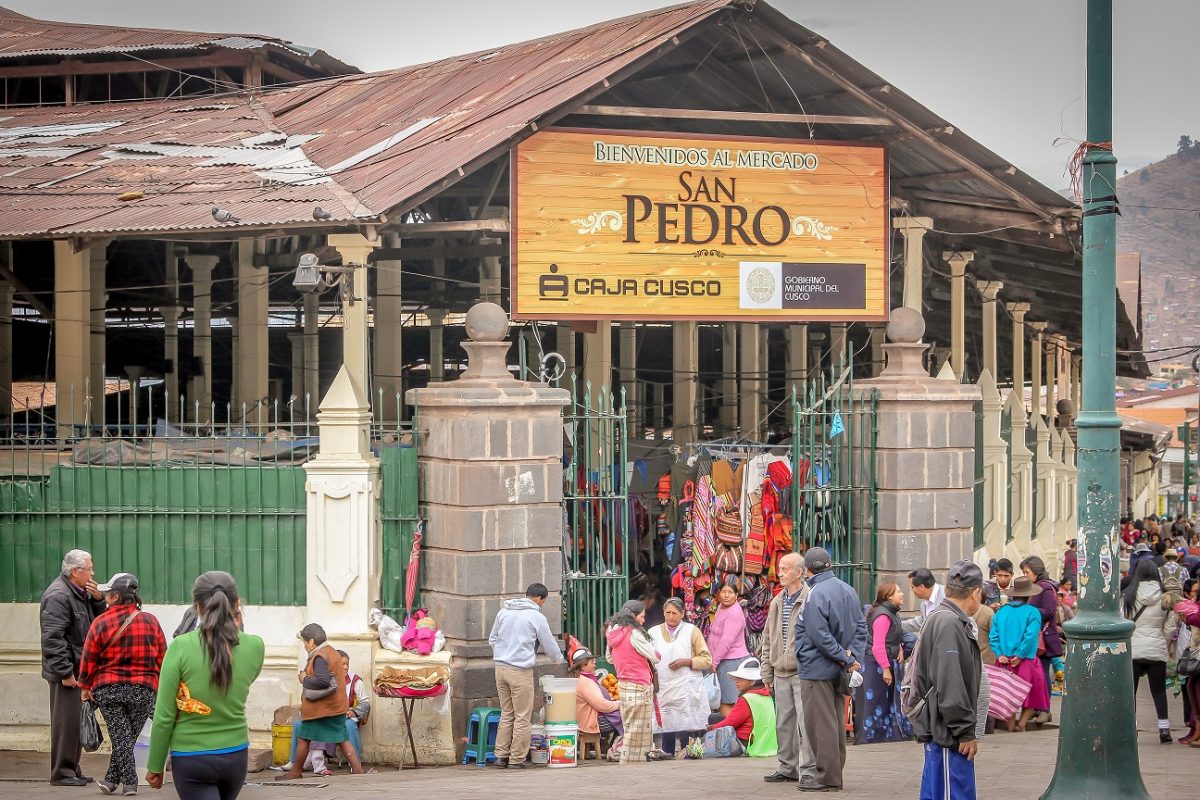
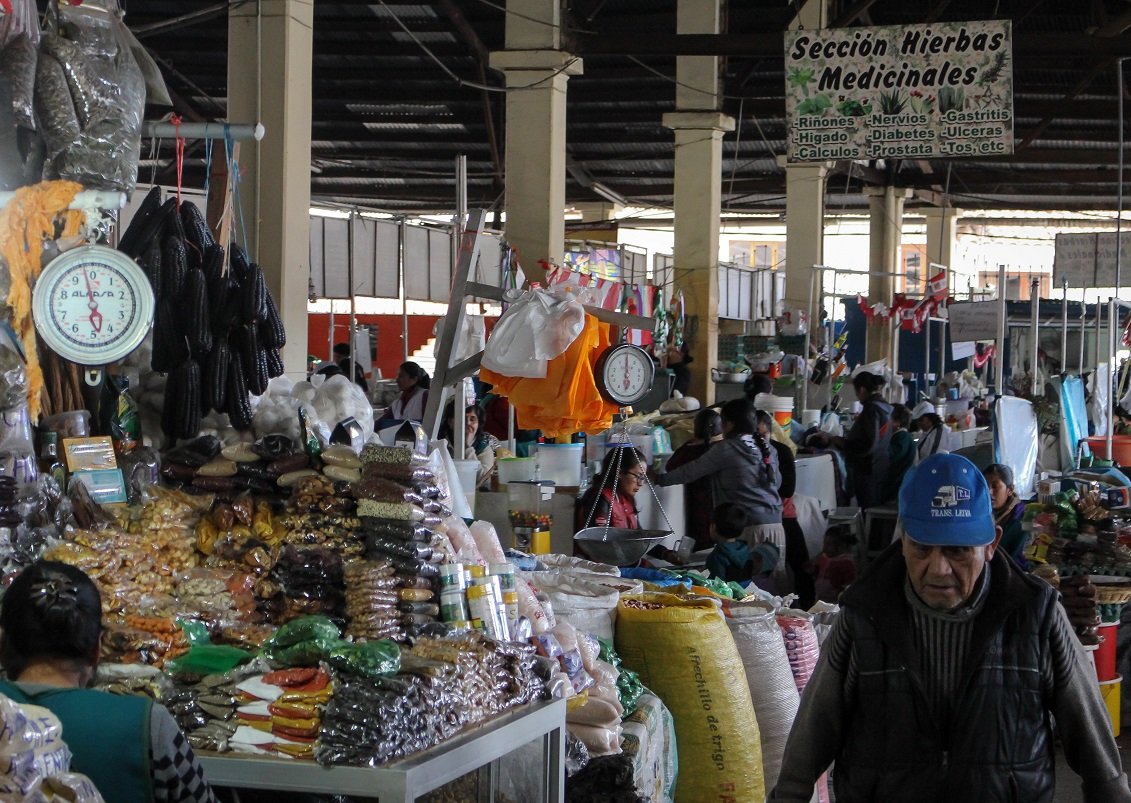

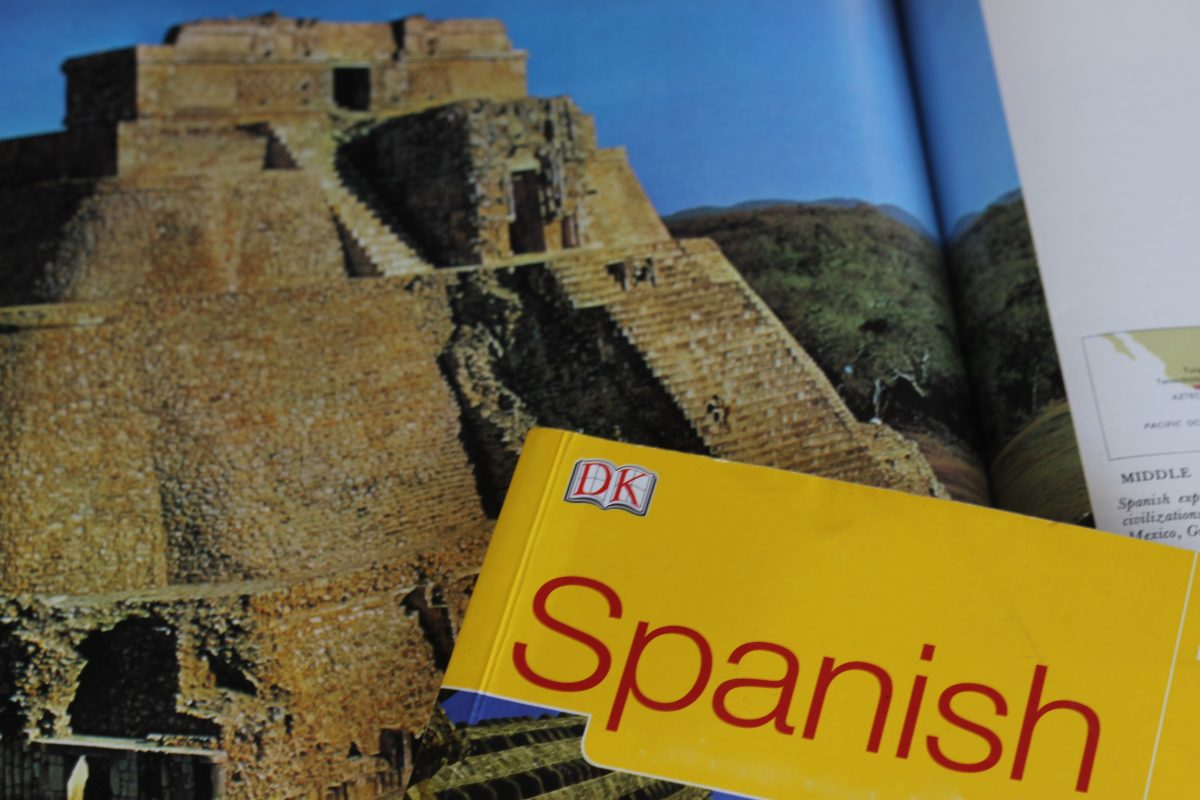

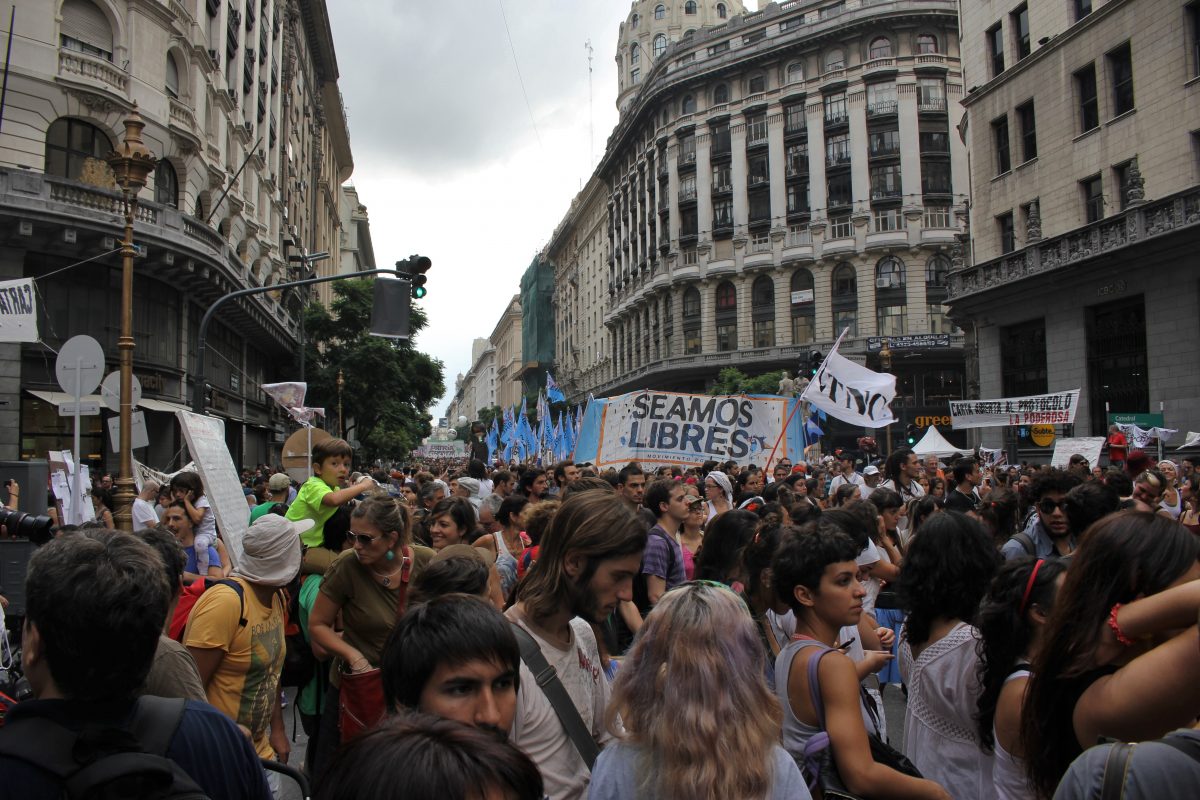
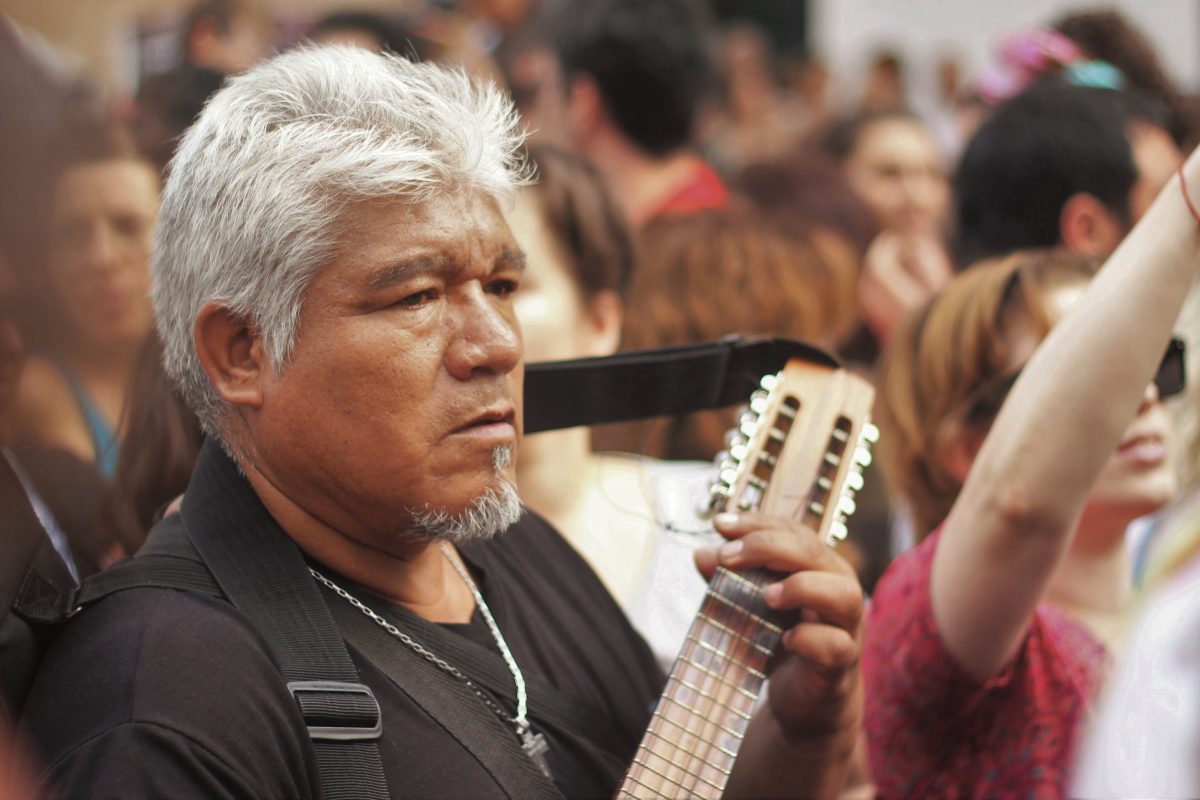
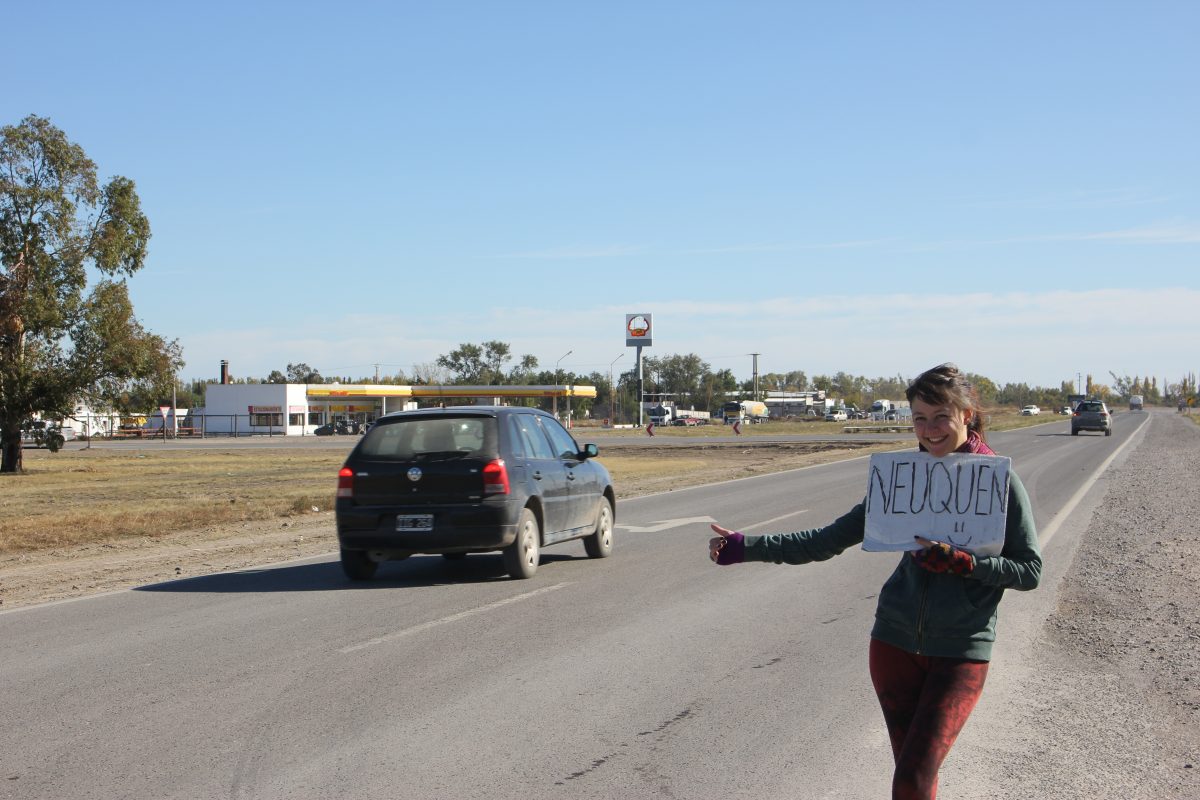

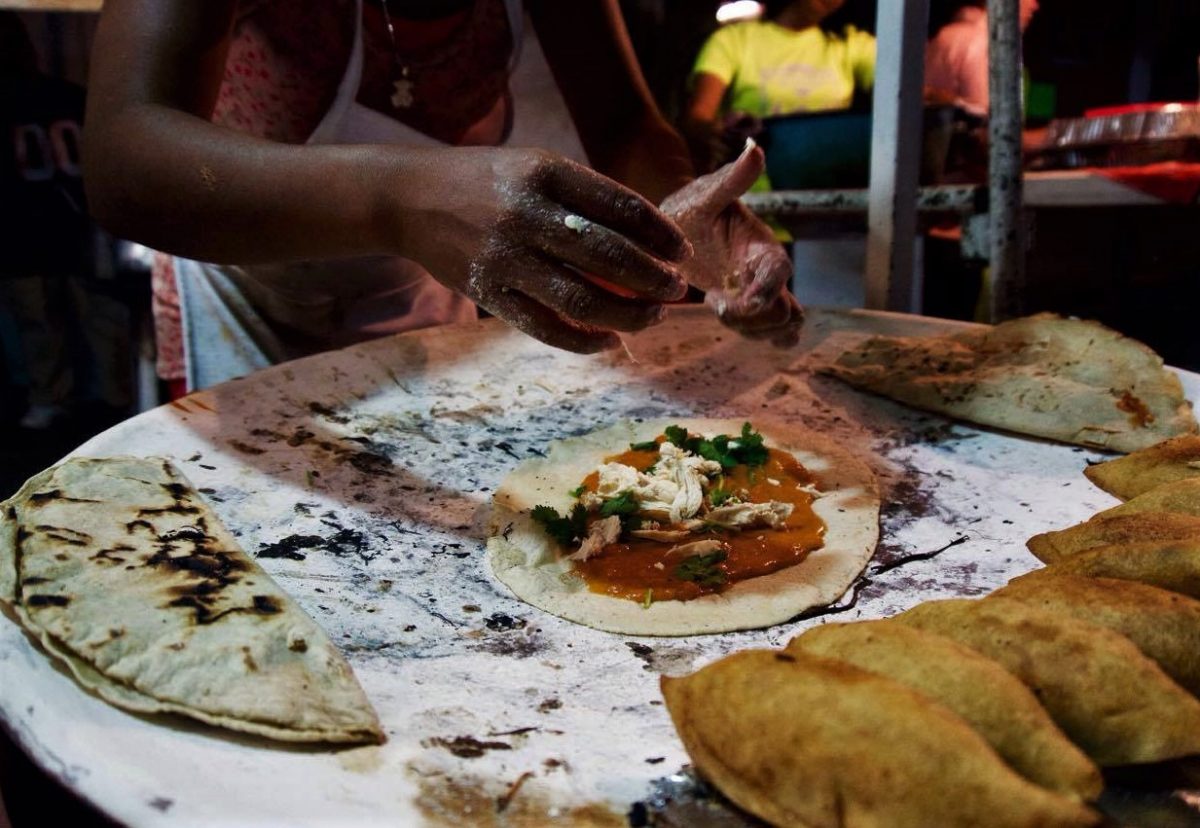
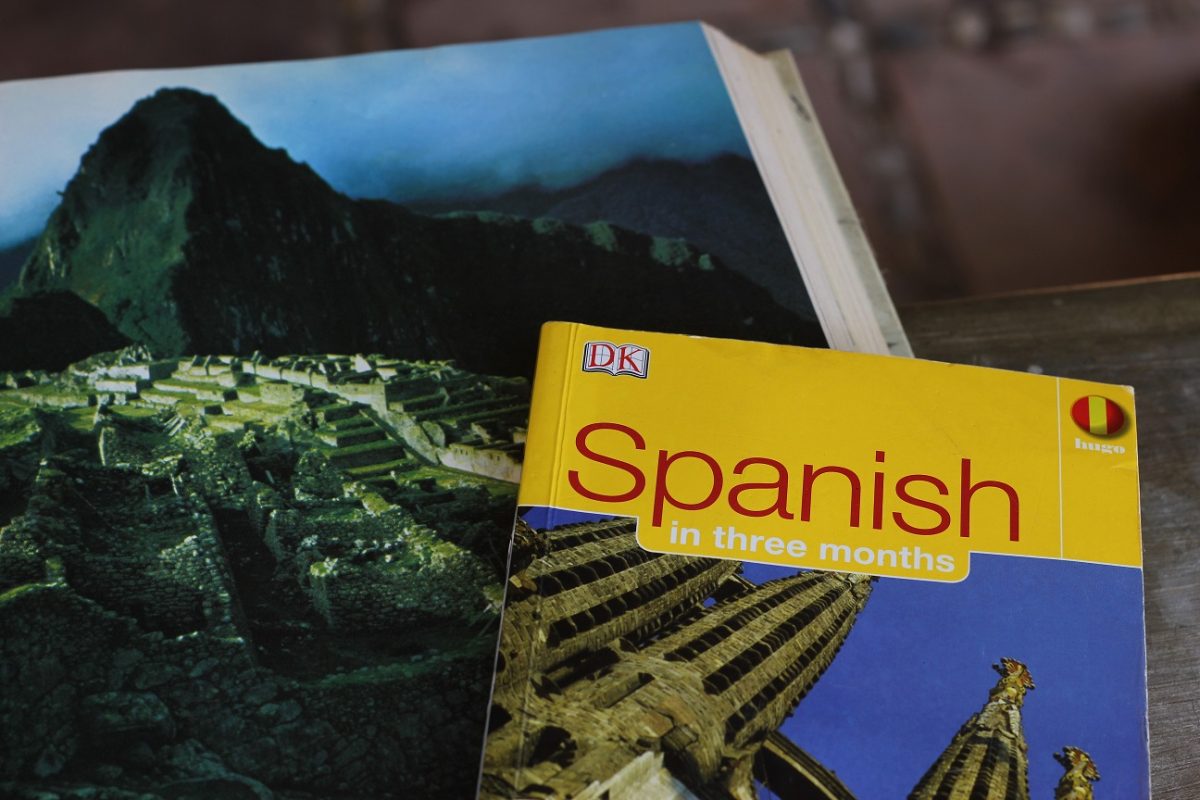

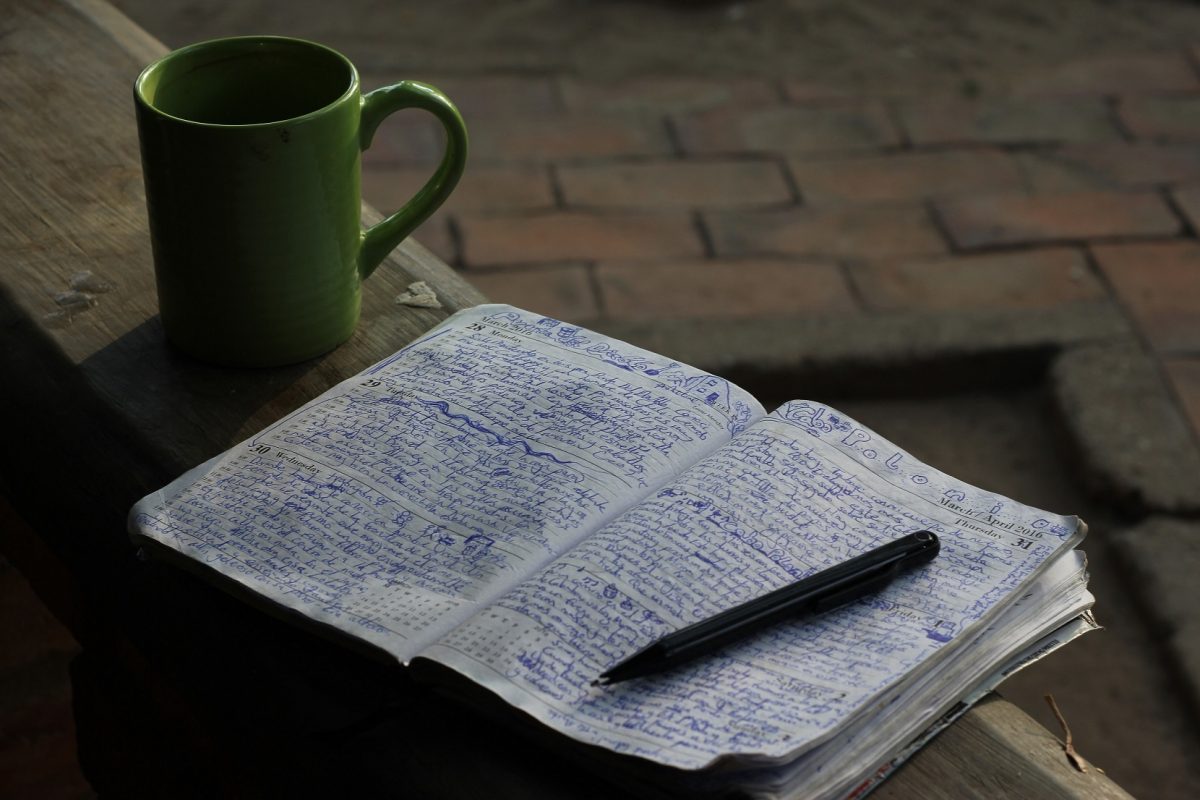

 Working with people in Spanish forces you to use it. I worked in a hostel for a month in Cordoba and needed to use Spanish to check people in, sell beers and answer the phone. I wasn’t too keen on phone calls, the lack of the use of my hands to mime or draw myself out of tight spots worried me but the job required it and eventually I got comfortable taking calls. By working as a volunteer you will be surrounded by the language and making local friends too.
Working with people in Spanish forces you to use it. I worked in a hostel for a month in Cordoba and needed to use Spanish to check people in, sell beers and answer the phone. I wasn’t too keen on phone calls, the lack of the use of my hands to mime or draw myself out of tight spots worried me but the job required it and eventually I got comfortable taking calls. By working as a volunteer you will be surrounded by the language and making local friends too.

 Have a bio in Spanish, message them in Spanish, then go on a date! To start with you can meet up with locals who speak a bit of English too, and in a few months you won’t be limited by your language skills. If you like them you’re gonna have serious motivation to learn more, and if you end up with a romance or a boy/girlfriend, well, your learning curve will steepen dramatically.
Have a bio in Spanish, message them in Spanish, then go on a date! To start with you can meet up with locals who speak a bit of English too, and in a few months you won’t be limited by your language skills. If you like them you’re gonna have serious motivation to learn more, and if you end up with a romance or a boy/girlfriend, well, your learning curve will steepen dramatically. Everyone knows about duolingo now so all I need to say is; use it! I’ve met so many travellers who have it on their phone but don’t use it. Set a daily goal on the app and build up a run of days. It isn’t time consuming, meeting your target can be 5 minutes a day. Install it, use it, it works!
Everyone knows about duolingo now so all I need to say is; use it! I’ve met so many travellers who have it on their phone but don’t use it. Set a daily goal on the app and build up a run of days. It isn’t time consuming, meeting your target can be 5 minutes a day. Install it, use it, it works! Another very useful app, Memrise has fun ways to learn vocab which actually work. There is a course with the 250 most common Spanish verbs – massively recommend it. This is the backbone of the language and these verbs will be used in at least 80% of your interactions. When you learn how to change a verb depending on its tense, having these 250 verbs will begin to open you up to exploring deeper topics of conversation.
Another very useful app, Memrise has fun ways to learn vocab which actually work. There is a course with the 250 most common Spanish verbs – massively recommend it. This is the backbone of the language and these verbs will be used in at least 80% of your interactions. When you learn how to change a verb depending on its tense, having these 250 verbs will begin to open you up to exploring deeper topics of conversation.
